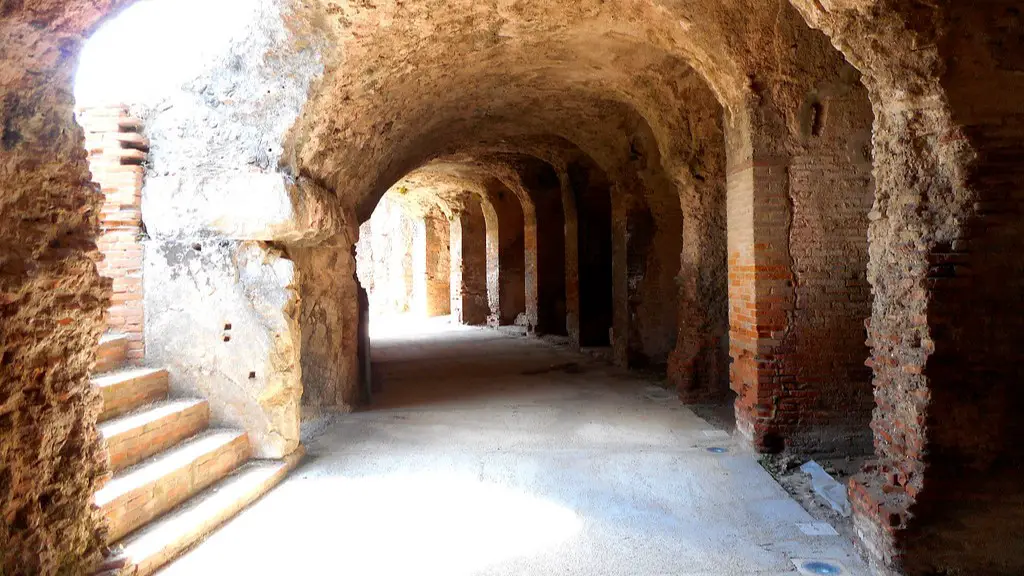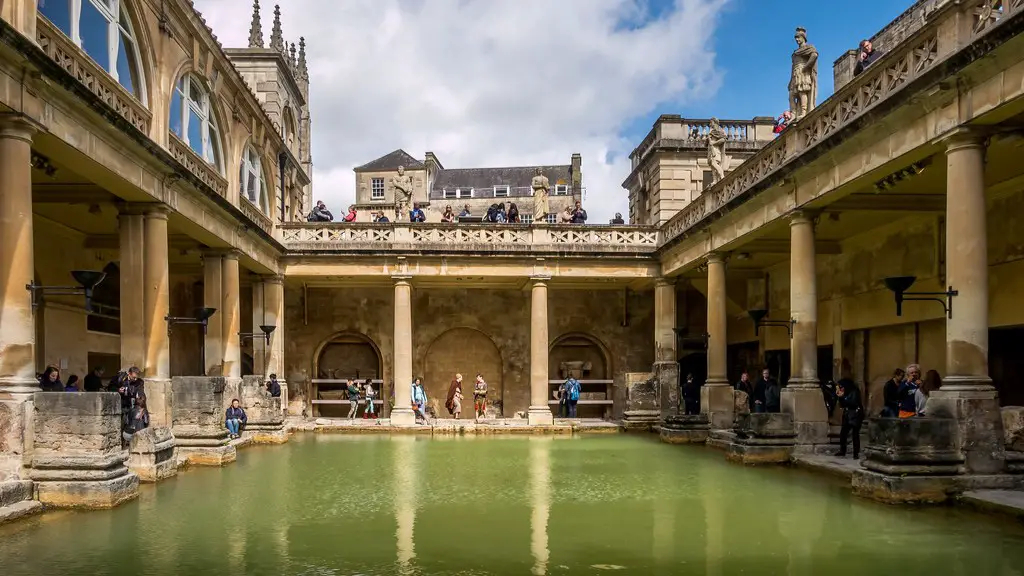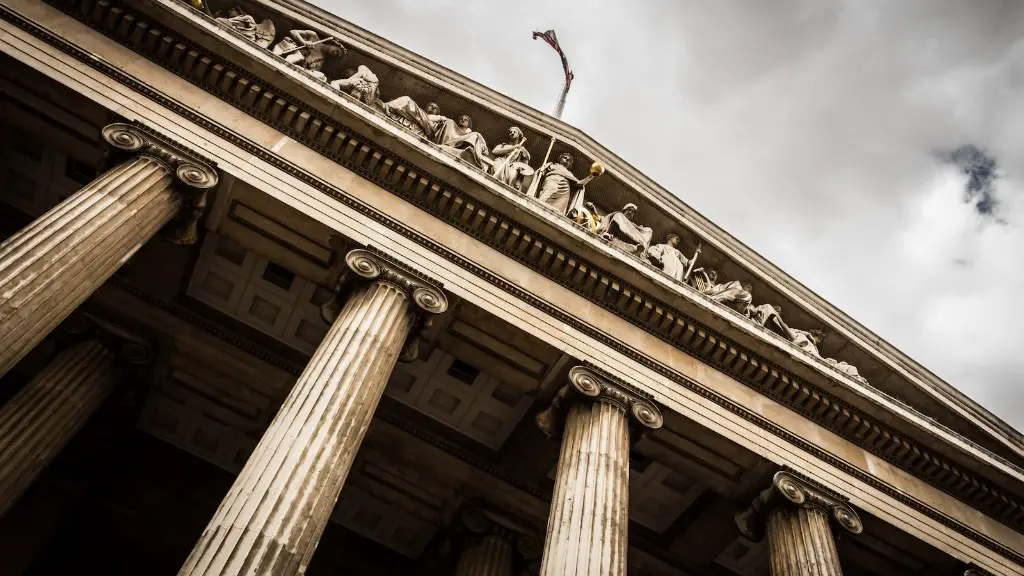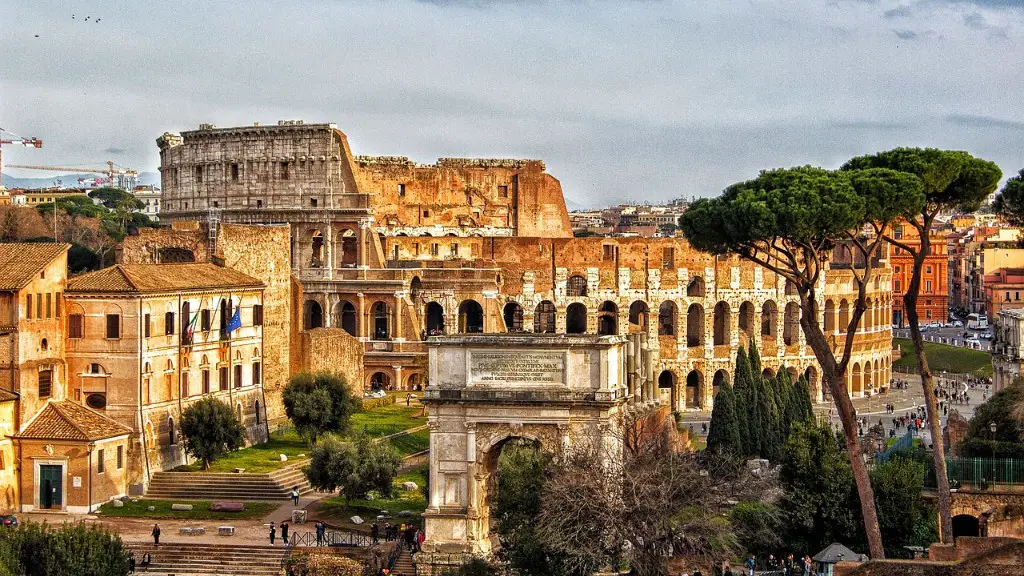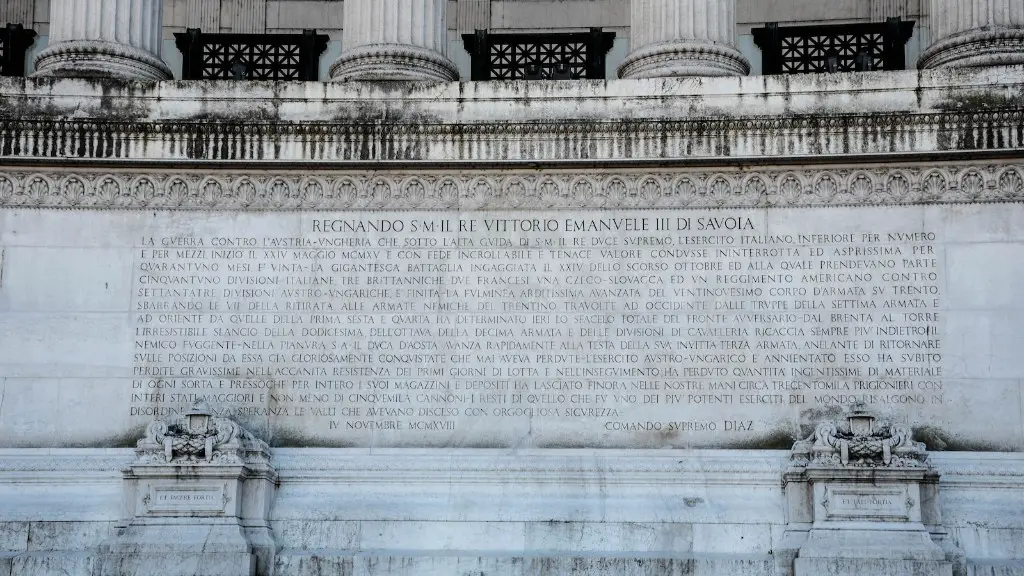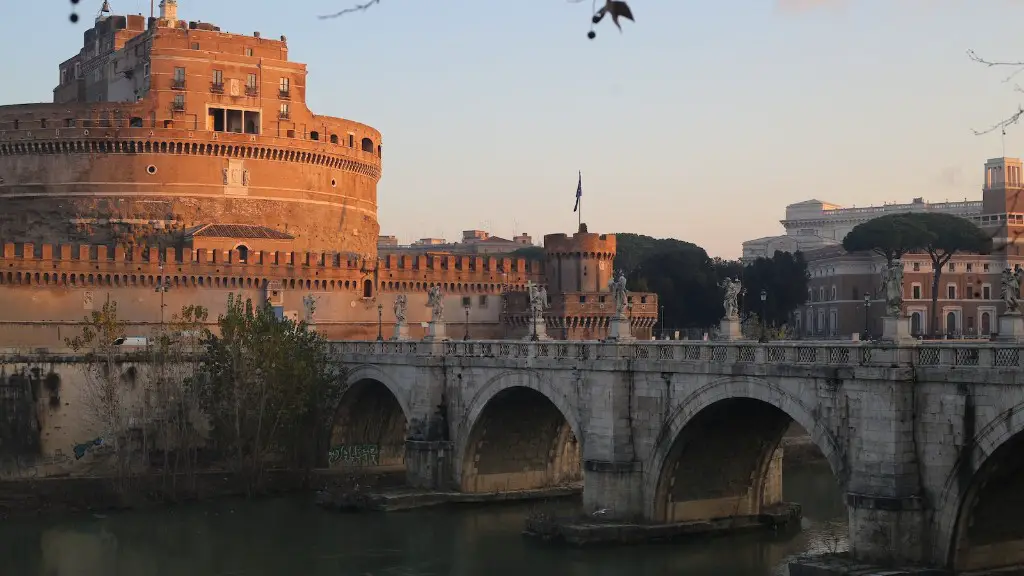Daily Life
Daily life in Ancient Rome was steeped in culture, tradition and history – and centered on the achievements of Emperors and the power of the Senate. People of all classes and backgrounds, from slaves to aristocrats, lived their daily lives in much the same way: day-to-day activities such as work, marriage and commerce were conducted in accordance with ancient customs and rituals. Although Ancient Rome was a highly stratified society, daily life offered opportunities for social advancement and interaction within each particular class.
Work was a major component of daily life in Ancient Rome; the majority of the population were involved in some type of labor. Men traditionally worked in the fields, at construction sites, or in factories and workshops as manual laborers. Women worked in the home at domestic tasks, such as cooking and cleaning, or in occupations such as tailoring and weaving. Slaves, on the other hand, were used for nearly all aspects of manual labor, from construction to agriculture.
Religion also played an important role in daily life. Ancient Romans were highly superstitious, and were known to practice religious rituals, sacrifices and offerings in order to ward off bad luck. Public religious festivals and holidays, such as Saturnalia, were widely celebrated and provided an opportunity for people to come together in merrymaking and feasting.
Education was also an important part of daily life in Ancient Rome. All citizens, regardless of class, were required to attend school; the wealthy had access to private tutors while the lower classes attended public schools. Children were taught basic reading, writing and arithmetic, as well as poetry and history.
The arts, literature and entertainment devices were part of daily life in Ancient Rome. Wrestling matches, gladiator fights, theatre performances and chariot races were a major source of entertainment, while music, poetry and grand civic architecture all served as public displays of power and culture.
Culture and Customs
Ancient Rome was a highly structured society, where social class and gender determined the everyday customs and behavior of its citizens. The patrician class was the most powerful, and enjoyed all the rights and privileges of society. The plebeian class was the next highest, and though considered lower than patricians, still managed to gain some power of their own through the centuries. The working lower class, meanwhile, were still burdened by heavy taxation, poverty, and a lack of rights.
Marriage was an important part of Ancient Roman life, and the traditional ceremony followed strict rules. Marriage was seen as a union between two families, and arranged marriages were common. The bride was typically a teenager, while the groom was older and had to prove he was able and willing to financially support his new family ‒ women had very few rights and were expected to obey the wishes of the husband and his family.
An integral part of the Roman culture was its religious beliefs. Ancient Romans practiced a variety of religions and rituals, from paganism to Christianity. Religion was an important part of life, from daily activities to ceremonial religious festivals, and played a large role in the government, education, and culture of Ancient Rome.
The Roman legal system was based on a strict code of laws and a court system to uphold them. Roman citizens had the right to go to court, and convicting a criminal was a complicated process. Trials were often lengthy and could involve hundreds of people, all of whom had the right to present evidence. The penalty for a guilty verdict could range from death to exile, depending upon the severity of the crime.
Food was a major part of daily life in Ancient Rome. The Romans ate a variety of dishes, from simple peasant fare to sophisticated gourmet cuisine. Grains, olives, fruits, vegetables, and herbs were all popular, and were generally enriched with herbs and spices or topped with sauces or cheese. Fish, pork and beef were all enjoyed, as were honey and oils for baking.
Architecture and Engineering
Ancient Rome was renowned for its architecture and engineering feats, from grand monuments and fortresses to stunning aqueducts and baths. Many of these structures are still standing today and are the subject of much study and admiration. The Colosseum, for example, is one of the most iconic structures of Ancient Rome, having served as a gladiatorial arena for centuries. The Pantheon, on the other hand, is one of the best preserved ancient structures in the world, with its magnificent dome and detailed mosaics still intact.
The engineering feats of Ancient Rome required a great degree of innovation and skill. The Romans built a vast network of aqueducts to bring fresh water to the city, as well as massive road systems to facilitate trade and communication. They constructed deep and intricate sewers, as well as impressive baths for relaxation and leisure. In addition, the Romans were proficient in hydraulic engineering, military fortifications, and urban planning.
Architecture was also a major aspect of Ancient Rome. This included not only the grand civic and religious buildings, but also the vast number of private homes and villas which the wealthy built for themselves. Many of these structures featured elaborate mosaics, intricate statues, and impressive frescoes. The Romans also developed a sophisticated system of shipping and transport, including sailing ships, barges and bridges.
Government and Military
The government of Ancient Rome was a complex system of democracy and autocracy. The Republic was ruled by two consuls and a Senate made up of aristocratic patricians; important decisions were made by the Senate on behalf of the citizens. The Roman Empire, meanwhile, was ruled by an Emperor, who had absolute authority over all aspects of government and society. Despite their differences in structure, both governments enjoyed a degree of stability and economic prosperity.
The Roman Army was one of the most formidable military forces in history. It was renowned for its organization and discipline, as well as its fighting abilities. The army was divided into distinct legions, each of which was in charge of protecting a particular region. The Roman Empire was able to conquer vast swaths of Europe, Africa, and Asia in part because of the strength of its formidable army.
Future generations would go on to acknowledge the accomplishments of Ancient Rome in the fields of architecture, engineering, law and government. Ancient Rome set the blueprint for many aspects of modern society and continues to be studied and admired for its achievements.
Rise and Fall
The decline of the Roman Empire was a long and complex process, spanning several centuries. Despite its grandeur and prosperity, the Roman Empire slowly began to crumble due to political and economic decline, as well as civil unrest. Barbarian invasions, economic instability, and political corruption further exacerbated the decline. Eventually, the Empire was split into two distinct halves, the Eastern Roman Empire and the Western Roman Empire, each of which struggled to remain independent.
The fall of the Roman Empire had a profound impact on the Western world. The decline of the Roman way of life opened up opportunities for the spread of Christianity, which had been steadily gaining ground in the Roman Empire. The influence of the Roman Empire also diminished, paving the way for the rise of medieval Europe.
Despite its decline, the legacy of Ancient Rome lives on in many aspects of modern civilization. From language to architecture, law and government, Ancient Rome has had an immense impact on the shape of the world today.
Literature and Sculpture
Ancient Rome was home to some of the greatest writers and artists of the ancient world. Roman literature was renowned for its eloquence and beauty, and included genres such as epic poetry, satire, and drama. The works of Ovid and Virgil were particularly influential, and their timeless poetry is still studied today.
Roman sculptures, on the other hand, depicted both realistic and abstract images, from everyday people to grand monuments of religious gods and heroes. These pieces of art still stand today, showcasing the craftsmanship and skill of Ancient Roman stone masons.
The legacy of Ancient Rome can be seen in many aspects of modern life. From architecture to literature, art and law, their influence has had an immense impact on the western world. Despite centuries of decline, the achievements of Ancient Rome live on, a testament to their ingenuity and skill.
